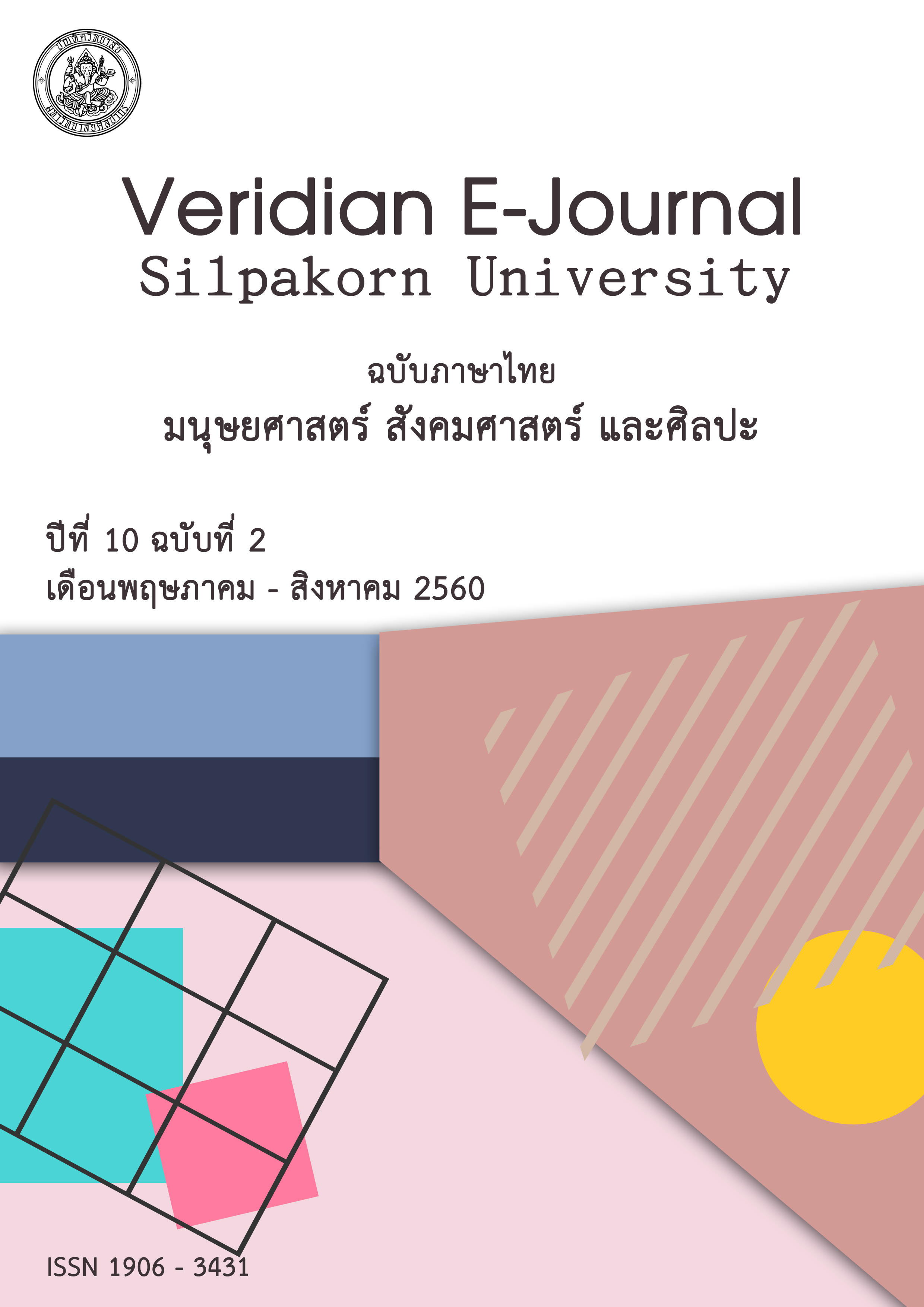ปัจจัยเชิงสาเหตุที่ส่งผลต่อการนำผลการประเมินภายนอกไปใช้ประโยชน์ในการพัฒนาคุณภาพสถานศึกษาขั้นพื้นฐานขนาดเล็ก ในภาคตะวันออกเฉียงเหนือ
Main Article Content
Abstract
การวิจัยครั้งนี้มีวัตถุประสงค์เพื่อศึกษาสภาพในการนำผลประเมินภายนอกไปใช้ประโยชน์ในการพัฒนาคุณภาพสถานศึกษา และวิเคราะห์ปัจจัยเชิงสาเหตุที่ส่งผลต่อการนำผลการประเมินภายนอกไปใช้ประโยชน์ในการพัฒนาคุณภาพสถานศึกษาขั้นพื้นฐานขนาดเล็กในภาคตะวันออกเฉียงเหนือ กลุ่มตัวอย่าง คือ โรงเรียนขนาดเล็กในภาคตะวันออกเฉียงเหนือจำนวน 562 โรง (ผู้ให้ข้อมูลคือ ผู้บริหารและครู) ซึ่งได้มาจาก การสุ่มแบบหลายขั้นตอน เครื่องมือที่ใช้คือ แบบสอบถาม วิเคราะห์ข้อมูลโดยการหาค่าเฉลี่ย ส่วนเบี่ยงเบนมาตรฐาน และการวิเคราะห์ปัจจัยเชิงสาเหตุ โดยใช้โปรแกรมสำเร็จรูปเพื่อตรวจสอบความสอดคล้องของโมเดลกับข้อมูลเชิงประจักษ์
ผลการวิจัยพบว่า
1. สภาพในการนำผลประเมินภายนอกไปใช้ประโยชน์ในการพัฒนาคุณภาพสถานศึกษาในภาพรวมอยู่ในระดับมาก (M=4.08, SD = 0.55) เมื่อพิจารณาในแต่ละด้าน พบว่า การใช้ในเชิงเครื่องมือมีค่าเฉลี่ยสูงสุด (M= 4.12, SD = 0.57)
2. ปัจจัยเชิงสาเหตุที่ส่งผลต่อการนำผลการประเมินภายนอกไปใช้ประโยชน์ในการพัฒนาคุณภาพสถานศึกษา พบว่า โมเดลปัจจัยเชิงสาเหตุมีความสอดคล้องกับข้อมูลเชิงประจักษ์ พิจารณาได้จาก c2= 112.825, df=90, p=0.0522, CFI = 0.998 TLI = 0.996, RMSEA = 0.021, SRMR = 0.019 และ c2/df = 1.254 เมื่อพิจารณาขนาดอิทธิพลของตัวแปรในโมเดล พบว่า ตัวแปรด้านบุคลากรภายในองค์กรเป็นตัวแปรที่มีอิทธิพลต่อการนำผลการประเมินไปใช้ประโยชน์ (b=0.887) รองลงมาคือ ตัวแปรด้านการกำกับติดตามจากหน่วยงานต้นสังกัด (b=0.311) ทั้งสองตัวแปรมีอิทธิพลต่อการนำผลการประเมินไปใช้ประโยชน์อย่างมีนัยสำคัญทางสถิติที่ระดับ .05
The objective of this research were to study the condition of the utilization of evaluation results for improving education quality and analyze casual factors which affected the utilization of evaluation results for improving education quality of small basic education schools in the Northeastern part of Thailand. The sample was 562 small basic education schools in the Northeastern part (data provider were director and teacher) received from multistage random sampling. The tool used in this research was questionnaire. The data was analyzed by finding mean, standard deviation and causal factor analysis in order to examine the consistency of the model with empirical data. According to the research results, it was found that:
- The condition of the external evaluation results used in improving the quality of schools as a whole was at high level (M = 4.08, SD = 0.55). When considering each aspect, itwasdiscovered that instrumental use had the highest average value (M= 4.12, SD = 0.57) followed by legitimate use and symbolic use that had the same average value of progress (M = 4.08, SD = 0.56, 0.58).
2. From the casual factors which affected the utilization of evaluation results for improving education quality, it was discovered that causal factor model was consistent with empirical data considering from c2= 112.825, df=90, p=0.0522, CFI = 0.998 TLI = 0.996, RMSEA = 0.021, SRMR = 0.019 and c2/df = 1.254. When considering effect size of variables in the model, it was found that personnel variable in the organization affected to the utilization of evaluation results (b=0.887) followed by the original affiliation’s monitoring variable (b=0.311). Both variables had influence on the utilization of evaluation results at the significant level .05.

